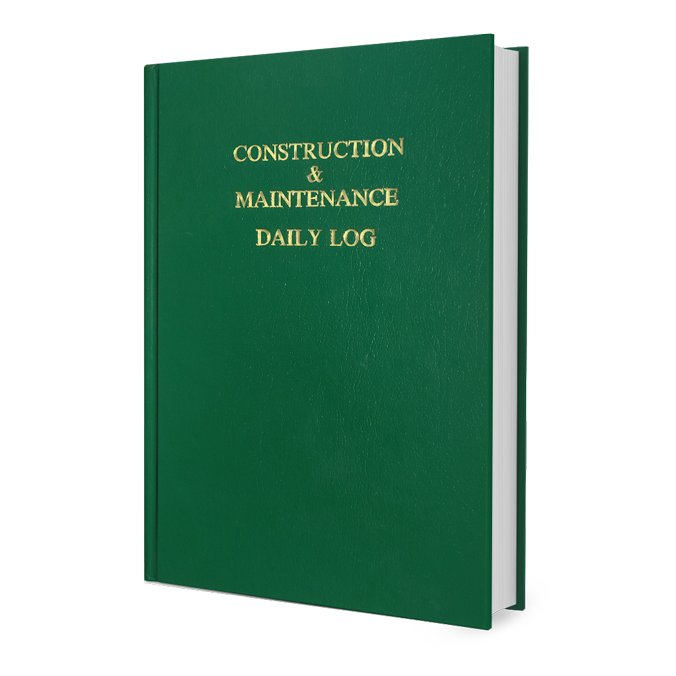The election campaign has been one of personal attacks, often with reckless disregard for facts on both sides, far too much repetition and far too little meat on the issues that matter. Without considering myself militant, I am a very strong proponent of environmental responsibility. It is very disappointing that, if my memory serves, not one of the debates spent any amount of time of substance on environmental responsibility. Democrats would likely argue that it is the government's responsibility to enforce environmental regulations. Republicans might likely argue that it is up to the private sector to be motivated to be green and respond accordingly. Both of these arguments have their merits and flaws. But perhaps if we all ask ourselves what we can do for our country, the sheer weight of "doing the right thing" might be enough.
Turner Construction recently performed a green building survey through Bayer Consulting. Bayer conducted a survey of 719 senior real estate executives on green building issues. The self-administered survey was conducted over the Internet from July 9 through 16, 2004. Here are just a few results of that survey:
Sixty percent of the executives were at organizations currently involved with green buildings. Eighty-eight percent of these executives said that the number of green buildings that their organization was involved with had increased over the last three years, while 93 percent expected the number to continue to increase over the next three years. Thirty percent of the executives at organizations not currently involved with green buildings thought it was very or extremely likely that their organization would become involved with green buildings over the next three years.
Executives asked which characteristics they thought were the most important to the concept of a green building were: Fifty-one percent said energy efficiency was the most important characteristic of a green building, while 23 percent chose indoor environmental quality. When asked which sectors would have the most green building activity over the next three years, 30 percent of executives chose public facilities, 24 percent chose educational facilities, and 20 percent chose commercial facilities.
When executives were asked to compare the costs of green buildings with those of non-green buildings, large percentages of all executives-both those at organizations currently involved with green buildings and those at organizations not involved-said that green buildings had lower costs in the following areas: lower operating costs, 73 percent; lower 10-year costs, 59 percent; and lower energy costs, 84 percent. In fact, executives at organizations currently involved with green buildings were more likely to say that the costs of green buildings were much lower than those of other buildings. For example, 43 percent of executives from organizations currently involved with green buildings said that their energy costs were much lower than those in non-green buildings, compared with 28 percent of executives at organizations not currently involved with green buildings.
The survey is long and very positive. It is not yet posted at the time of this writing but watch www.turnerconstruction.com for the survey. I think the construction industry should be applauded for continuing to show leadership in environmental responsibility. From the looks of the survey, the bottom line actually improves when green construction is employed, too. Our industry asks what it can do for its country every day without sacrificing the bottom line. Does it get more American than that?


